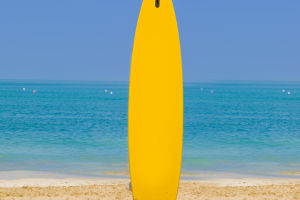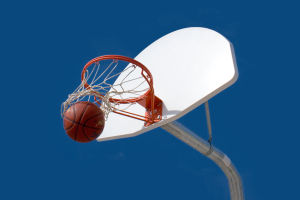Hey, Lykkers! Have you ever wondered what it's like to carve down a hill or pull off a smooth trick on a skateboard?
Today, we're diving into the world of skateboarding, exploring its history, culture, and why so many people find freedom on four wheels.
The Evolution of Skateboarding
Skateboarding began in the 1950s as an offshoot of surfing, with surfers looking for a way to practice their moves on land. This early form of skateboarding was called “sidewalk surfing,” and it quickly gained popularity. As the sport evolved, skateboards went from simple wooden planks with wheels to the high-tech boards we see today, complete with concave designs and durable, polyurethane wheels that provide a smooth ride.
Fun Fact: Early skateboarders would even ride on clay wheels, which made riding smooth surfaces a challenge!
Understanding the Skateboard
A skateboard is composed of three main parts: the deck, the trucks, and the wheels. The deck is the flat board you stand on, usually made from multiple layers of maple wood for strength and flexibility. The trucks are the metal parts attached to the underside of the deck, allowing the skateboard to turn and carry weight. Finally, wheels are mounted on the trucks, typically made from polyurethane to handle different surfaces and speeds.
Important Tip: Beginners should choose a board with softer wheels, which provide better grip and control, especially on rougher surfaces.
HOW TO SKATEBOARD FOR BEGINNERS | HOW TO SKATEBOARD EPISODE 1
Video by Braille Skateboarding
Mastering Basic Skateboarding Skills
Learning how to balance and ride is essential for any beginner. Start by practicing how to push off with one foot, using the other foot to maintain balance on the board. Once you're comfortable, try learning a simple kickturn, which helps you change direction without having to lift your feet from the board. Remember, skateboarding requires practice and patience, so don't get discouraged if it takes time to build confidence.
Pro Tip: Always wear protective gear like a helmet, knee pads, and wrist guards to stay safe, especially when learning new tricks.
Popular Skateboarding Styles
There are various styles of skateboarding, each with its own techniques and type of skateboard. Street skating focuses on performing tricks on urban obstacles like stairs, railings, and benches. Vert skating involves ramps, where skaters use their momentum to achieve incredible heights and perform aerial stunts. Another popular style is longboarding, which uses longer boards for cruising and downhill rides.
Quick Insight: Each style offers something unique, allowing skaters to express themselves through different moves and approaches.
The Culture of Skateboarding
Skateboarding has grown beyond a sport and become a lifestyle for many. Skaters often describe it as a form of self-expression where creativity and athleticism intersect. The community values independence, resilience, and personal style, creating a culture that encourages pushing boundaries and celebrating individuality.
Tips for New Skaters
If you're just starting out, take things slow and focus on building confidence with the basics. Practice riding in a smooth area like a parking lot or empty skatepark to get comfortable with balancing and turning. Observing and practicing with experienced skaters is also a great way to learn.
Remember, Lykkers, skateboarding is about having fun and challenging yourself. So grab a board, hit the pavement, and enjoy the thrill of the ride!


